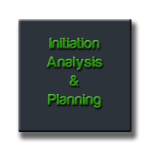 | Successful implementation of a project which meets the goals and objectives of a program or agency, begins with a full understanding of the need and conducting the analysis and planning phase in alignment with the need. HIT's robust System Development Lifecycle (SDLC) and Project Management Life Cycle (PMLC), integration ensures the right plan is devised, the risks at all levels are identified and tasks are prioritized, in order to eliminate issues and risk and to ensure seamless operation and transitions between the phases. |
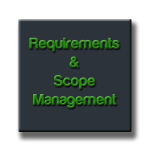 | Requirements are the foundation of an application at the enterprise and at the system level. Understanding and accurately documenting the business, functional, technical among other specifications as is related to the construction and design of a custom or COTS/GOTS implementation is imperative. The HIT requirements and specification team's highly qualified engineers are ready to bring their expertise to our clients, regardless of the scale of the system, and the implementation environments (e.g. small or large, traditional, Waterfall or Agile). |
 | The design and development phases of our SDLC are fully integrated with our requirements definition and our Testing phases. We pride ourselves in being precise in our approach to design and always developing the right system the first time with our user centric definitions and features development founded on our human factors engineering concepts. |
 | A critical phase of our SDLC is the testing phase of an application or the system. Regardless of custom or other implementation environments, an ample amount of testing is necessary to ensure system/application desired operation; yet implementers routinely neglect and inadequately plan for this phase. HIT's testing phase will include various automated, manual, and visual types of test expanded by the use of the right test tool, approach, plan, and coordination with other phases of the development, configuration and change management. Our goal is to test 99.99% of the code to ensure a rich and friendly user experience every time. |
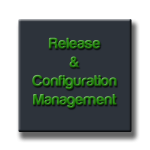 | Regardless of the work-frame utilized in constructing and deployment of an application, Configuration Management (CM) remains an essential component of the implementation and integration. CM ensures timely and accurate deployment to the sub-sequent environment (e.g. from Development-to-Test-to- demo-Production). Among many other critical aspects of CM is the tracking and resolution of defects and change requests. Our CM process is fully integrated with our development, test, and release management phases of the SDLC. Our highly talented configuration managers and deployment managers, adhere to the rules, patterns, and defined scope boundaries of each release to ensure successful deployments. Our clients benefit from these robust practices we bring to a SDLC environment. |
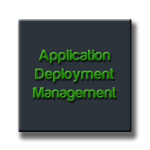 | • So, now your product is ready for deployment! Is it? How confident are you in this deployment?
• Have you experienced un-pleasant and un-expected deployment compromises, work-around, and contingencies that you are forced to accept just prior to a release or a build and are you willing to do it again?
• Have you adhered to the release scope, and have all critical design changes been addressed?
These among other haunting questions must be answered prior to a release and deployment and documented in the plans. However, often bad planning causes major deployment and release management issues. Some of the issues cause project delays, scope creeps, lags in development, cost increases, and users being deprived of a system they anticipate to use.
Our Product Release Management (PRM) planning and processes address these risks among other issues that can bring un-necessary disruption to a program’s operation. Our Requirements Management, Configuration Management, Release Management and other integrated components of the SDLC are designed to minimize these risks of projects delivery failures to controlled and manageable levels. Who will you trust with such a critical and important aspect of your application deployment? You need us, a trusted advisor and partner. |
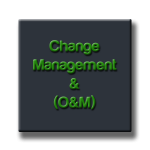 | Although, the risk of failure at the O&M phase is low, the user experience can continue to be negative if the system has not been integrated properly, tested, scoped, managed, and the user priority functions are not developed in a timely manner. O&M phase of the SDLC expects that all processes, tools, plans, resources and management of each phase, roles and responsibilities and client management have been established and all teams are operating as a well-oiled machine. Yet, achieving such state continues to be a struggle for many vendors and implementers. Our O&M entry criteria checklist ensures that the appropriate levels of governance processes and checks for mandatory (must haves), secondary (nice to haves), and optional processes, tools, resources and people exist. We have worked with our clients in the past to ensure seamless and smooth transitions of the integrated components, enhancements delivery, and positive user experience are achieved. Let us help you bring this management and processes to your O&M phase so you can sleep well at night. |